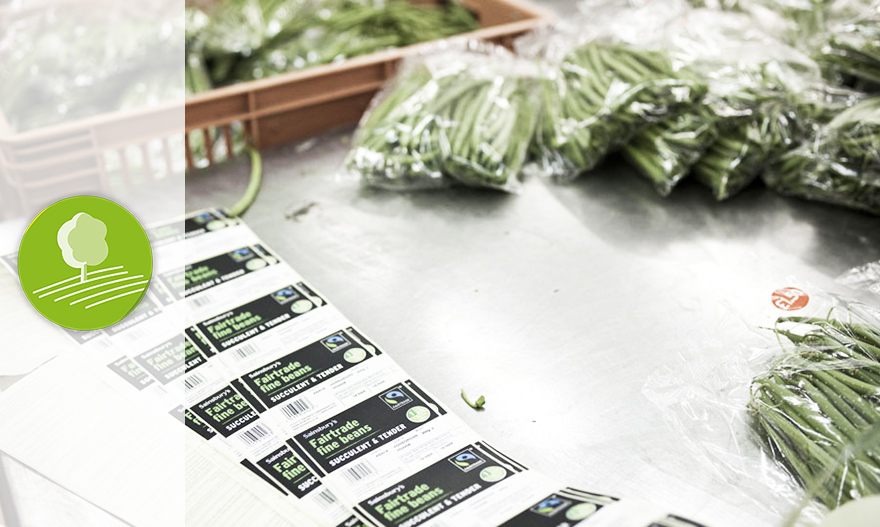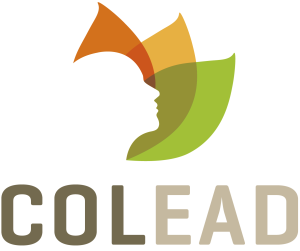
Introduction to Best crop protection practices
Estimated duration : 30 min
The course offers an introduction to the basic principles of Best crop protection practices through various interactive and entertaining activities.

Best crop protection practices (Intermediate level)
Estimated duration : 9h30
'Risk-inducing' situations/practices in the business operation are detrimental to work and a source of demoralisation, reduced productivity, or even non-compliance. Furthermore, such situations result in increased workloads and more pressure on the operators. Hence it is important to integrate occupational risk assessment and prevention in business management. To do so, we will learn that it is necessary to perform an occupational risk analysis. This is the first step in establishing a health and safety policy, which is itself synonymous with good management practices.
In this course we will address the concept of direct and indirect exposure. First we will learn that exposure can only be quantified if the possible sources of contamination and the circumstances of exposure to toxic substances are known. Then we will identify the methods for measuring the exposure of operators to plant protection products (patches, respirators, biomonitoring, etc.).
This course will also focus on the hazards and risks posed by handling a plant protection product (toxicity, contamination, etc.) and also the possible types and degrees of toxicity (acute, sub-acute, sub-chronic, chronic, and carcinogenic).
Lastly, the final module of this course will be devoted to accidents and undesirable events and determining the causes thereof. Here we will distinguish between the concepts of 'incidents' and 'accidents', and we will elaborate on the 'Cause Tree' approach, which enables us to study each undesirable event, after the event, in order to determine the causes.

Best crop protection practices (Advanced level)
Estimated duration : 11h30
When handling plant protection products, it is important to prevent any exposure to the harmful substances. In this course we will discuss the precautions to take in order to reduce exposure to plant protection products.
We will learn that it is especially important to handle the products with care and to wear the recommended Personal Protective Equipment (PPE). The information on the packaging of plant protection products must not be overlooked, because it is a key safety element. Plant protection products must be stored according to certain basic rules (location of the storage facility, hygiene measures, ventilation, layout, etc.) in order to reduce risks to a minimum. Please note that small-scale producers must also comply with various safety rules, even if their stocks do not justify constructing a storage facility. Lastly, several precautions must be taken when transporting plant protection products: checking the packaging, marking and labelling, taking weather conditions into account, safety equipment, etc.
At the end of the course, the trainee will acquire a basic understanding of first aid measures and the initial care to be administered in the event of an accident. We will discuss preventive measures and how to organise first aid. We will go over the symptoms of pesticide poisoning and explain what to do in case of acute poisoning. To conclude, we will explain what to do in the event of an electric shock.

